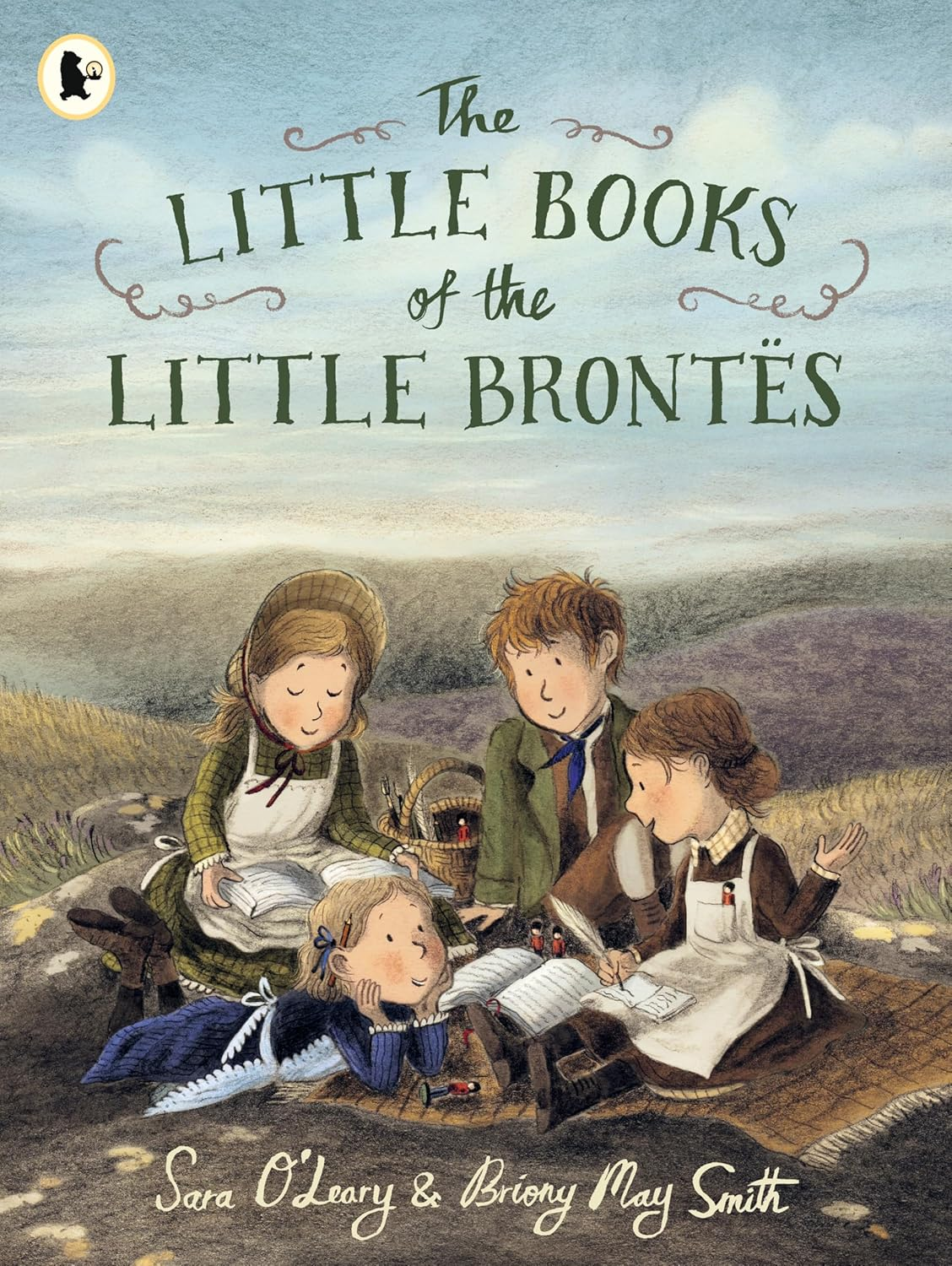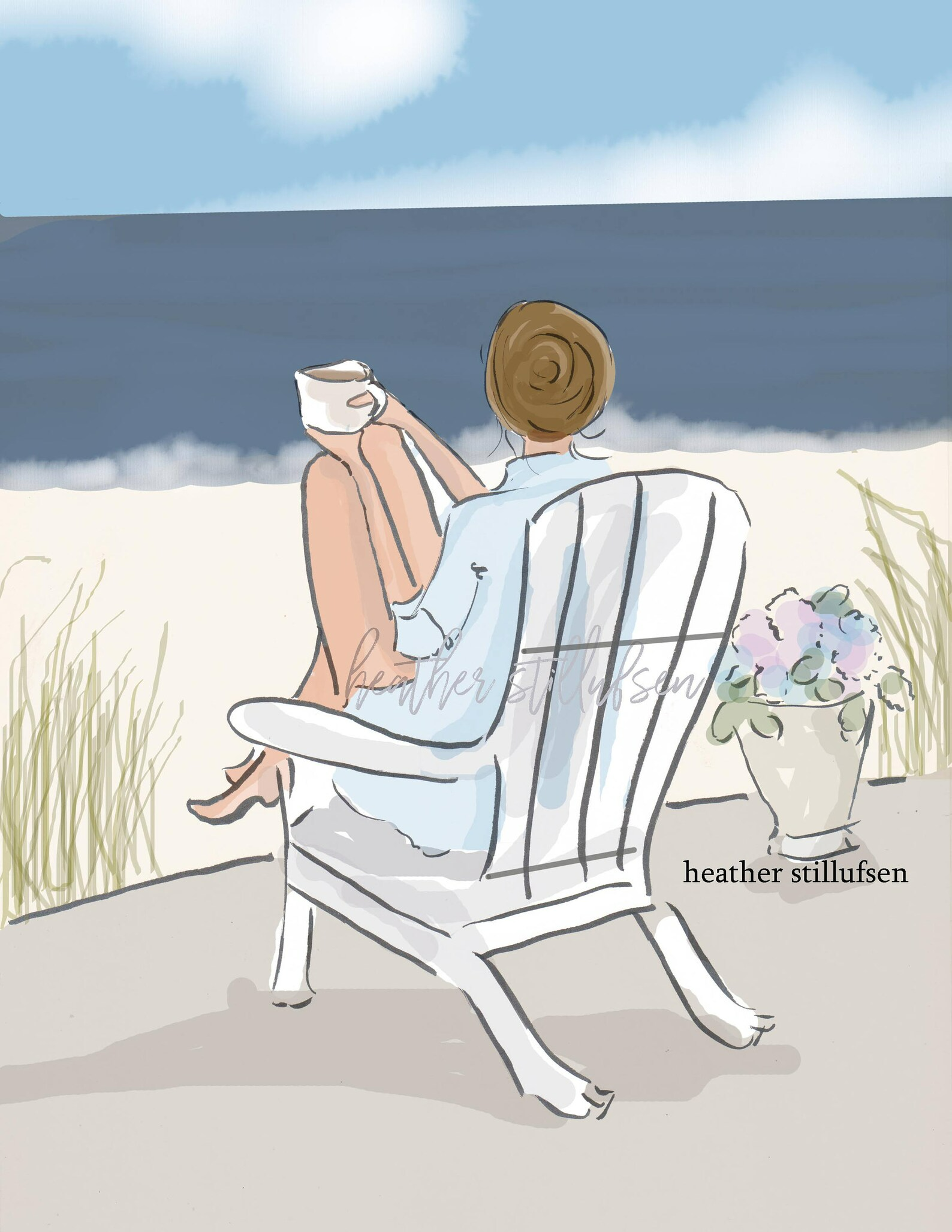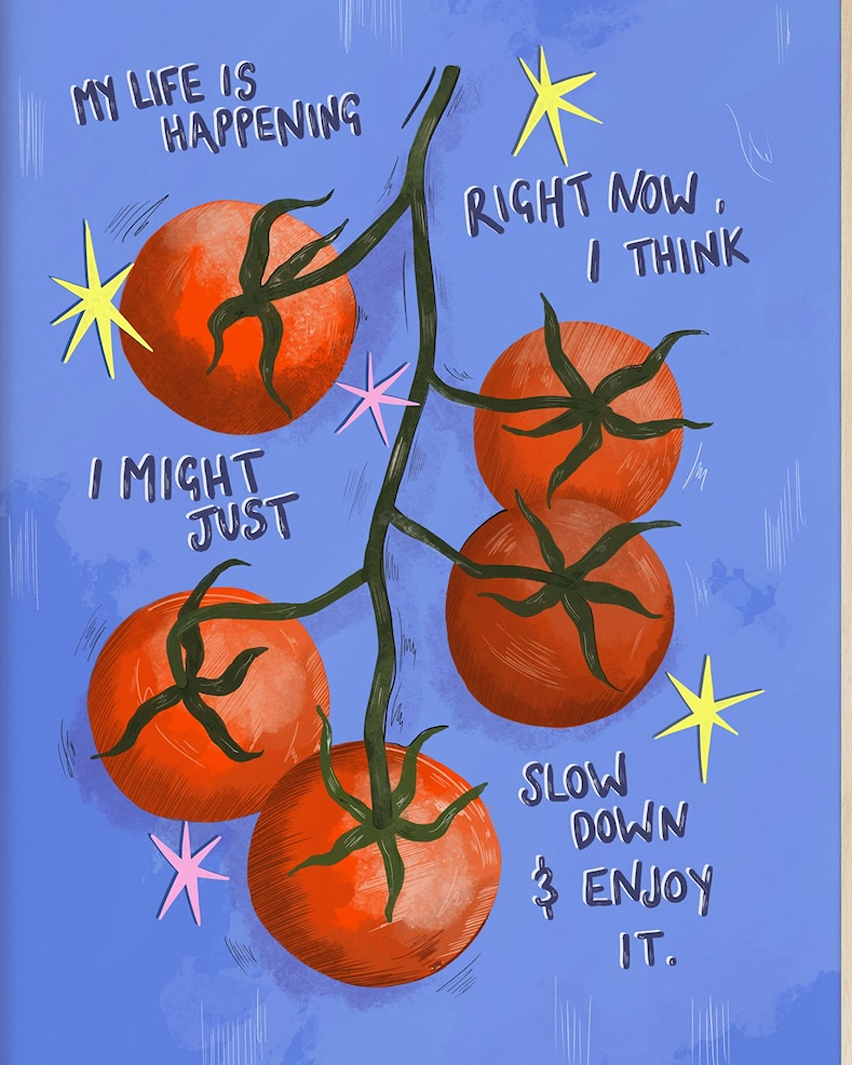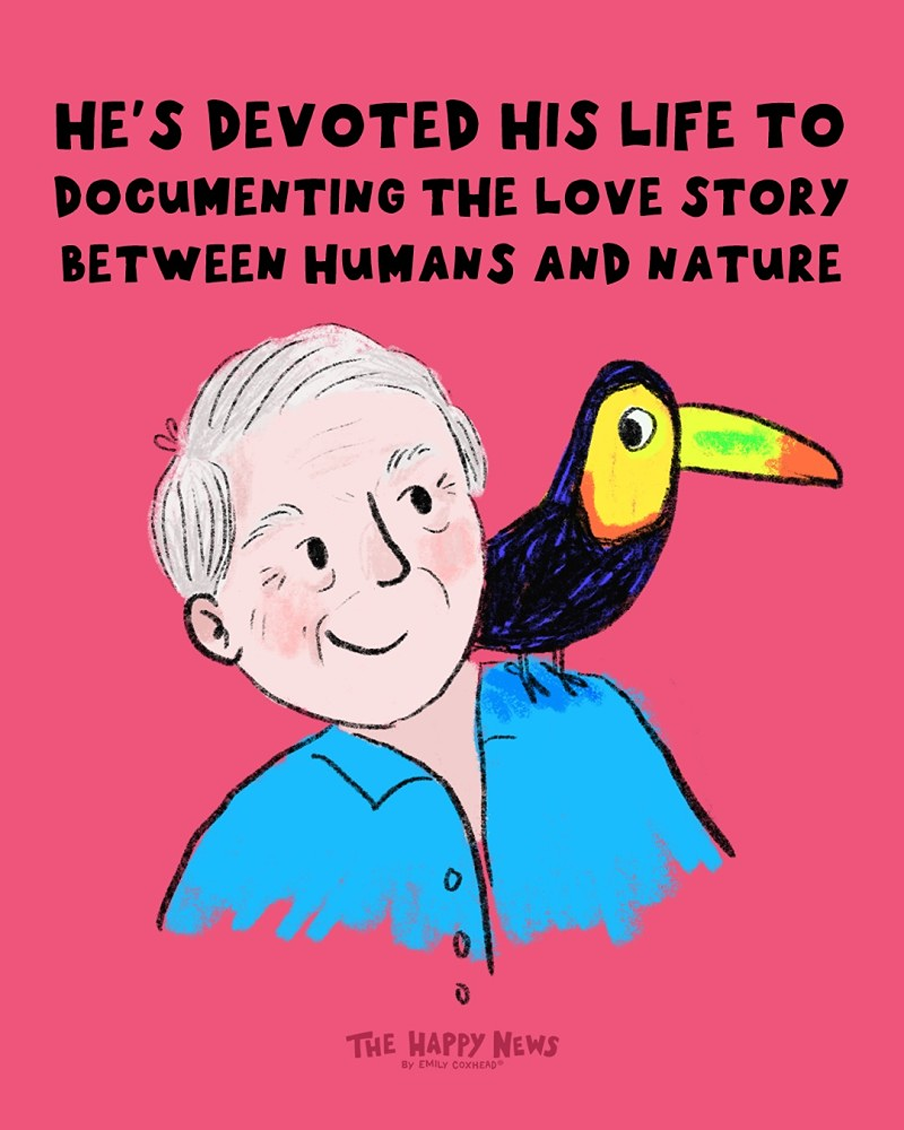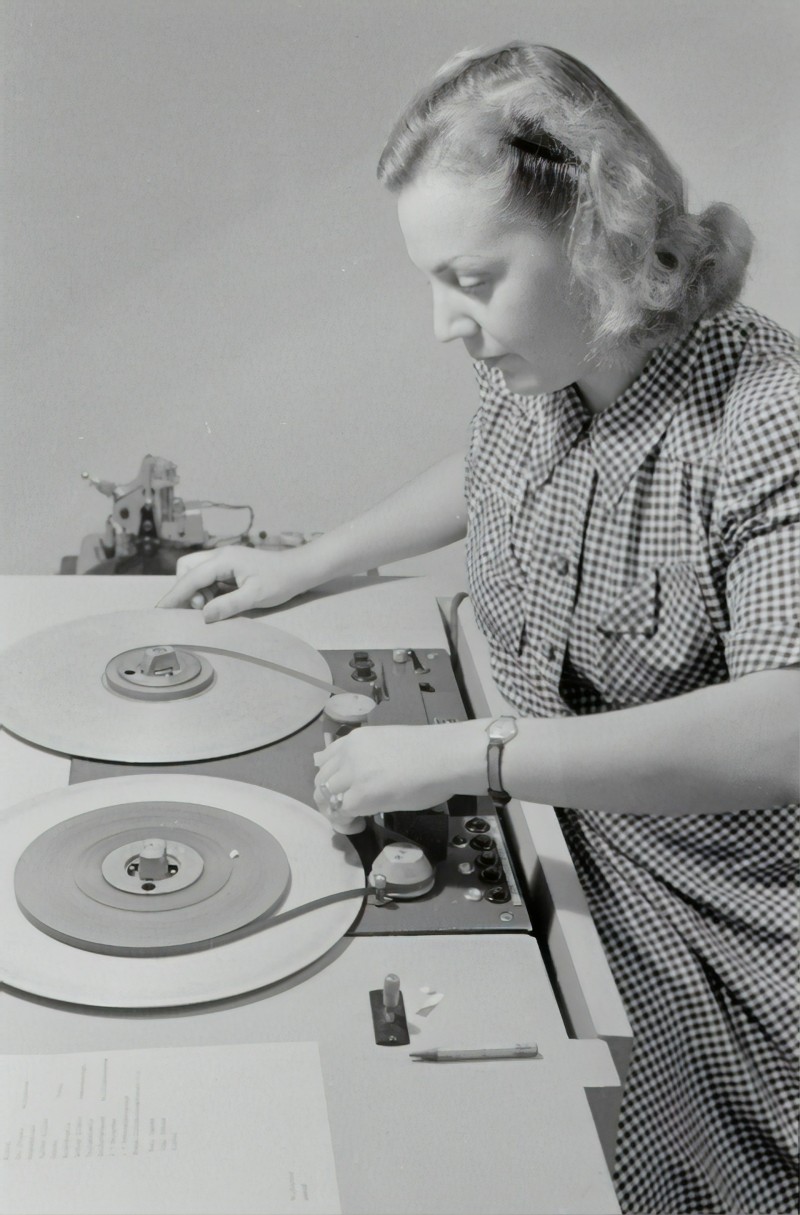
Austrian National Library on Unsplash
Unlike many countries, TV seems to have overtaken the radio in popularity. But millions of people still enjoy listening to the radio each day. From a daily news bulletin to ‘The Archers’, others of course use the radio as background noise at work, or while driving.
But although there are some good radio stations, there are alternatives to biased news, blaring music and shouty presenters. If you fancy something different!
Putumayo’s World Music Radio Hour
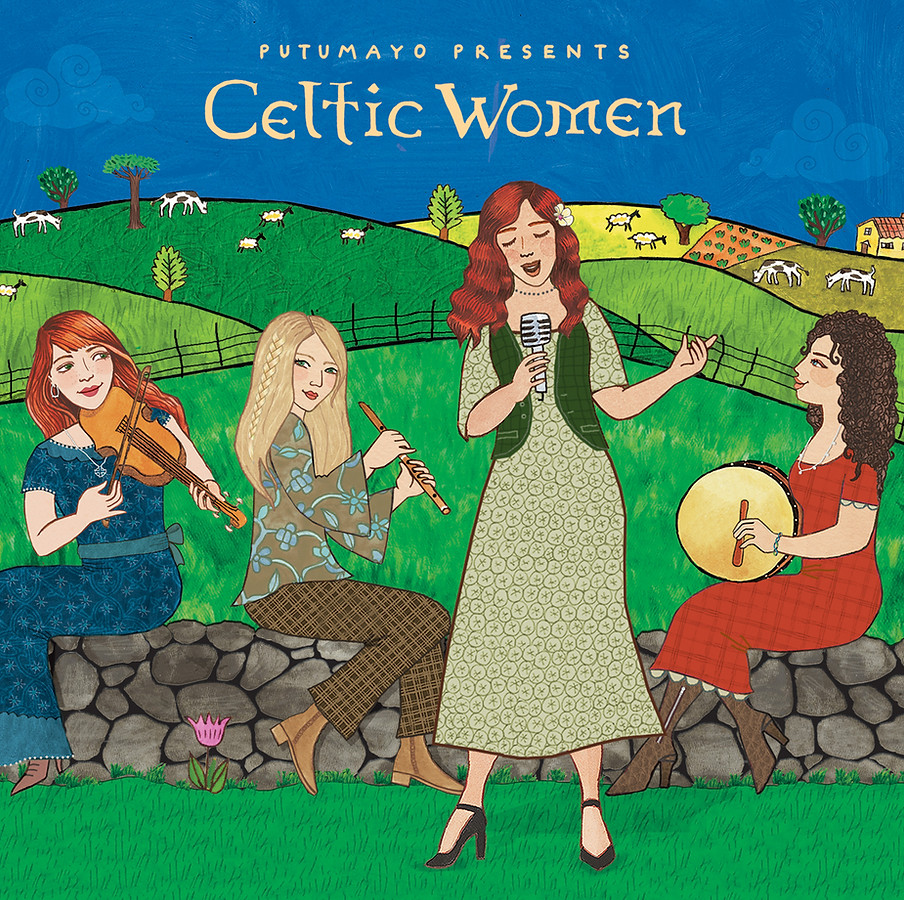
Putumayo’s World Music Radio Hour is from a wonderful record label, syndicating the best artists to take you on a journey of different musical cultures. Once you’ve heard Putumayo music, you likely won’t want to listen to much else! It’s available on 100 commercial and non-commercial stations worldwide.
Serenade Radio (easy listening station)
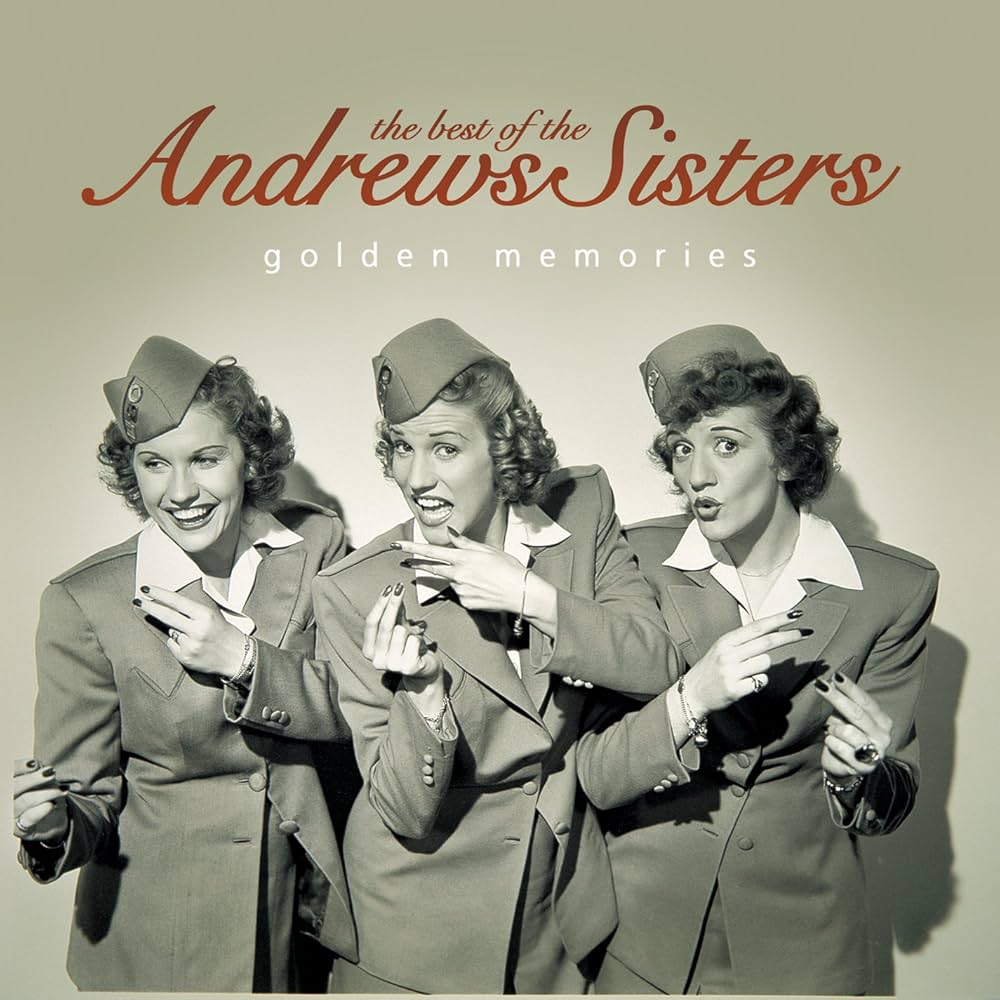
Feeling nostalgic for yesteryear? Serenade Radio is nice, offering older music from the 30s and 40s. Presented by people who love good music, this steers away from ‘chart hits of the 60s’ and instead goes for classic artists like Judy Garland and Perry Como.
This station offers ‘friendly company’ with good music, with nothing to sell, no news nor traffic conditions. When we clicked, the station was playing Shoo-Shoo Baby by The Andrews Sisters!
Community Radio Stations
Your local area likely has a community radio station, presented by local people who know the area, and often play good music too. We randomly clicked on West Kent Radio, and found Sister Sledge singing a nice ditty.
All records were played in full, with no shouty presenter talking over the beginning or end. Just good music after good music – what radio should be!
Wind-up, Solar & Free Radios
If you’re out-and-about, consider investing in a wind-up radio as then you don’t have to worry about batteries. iGadgitz Xtra Wind Up Radio has in-built speakers and can also run on solar power, with USB back-up.
These emergency power radios are American (but are sold in the UK online so presumably work here fine too).
They include phone chargers and flashlights, ideal for when you’re out and about and need to listen to the weather forecast, as well as favourite music. One even has a loud siren for emergencies.
British Wireless for the Blind offers radios on free loan to those who need them, including one that stores up to 40 stations and can swiftly navigate between DAB and FM stations.
Simple to use, just switch it on and it will automatically tune in available stations, and adjust the time. Then just store your favourites.
Which Village is The Archers Based On?
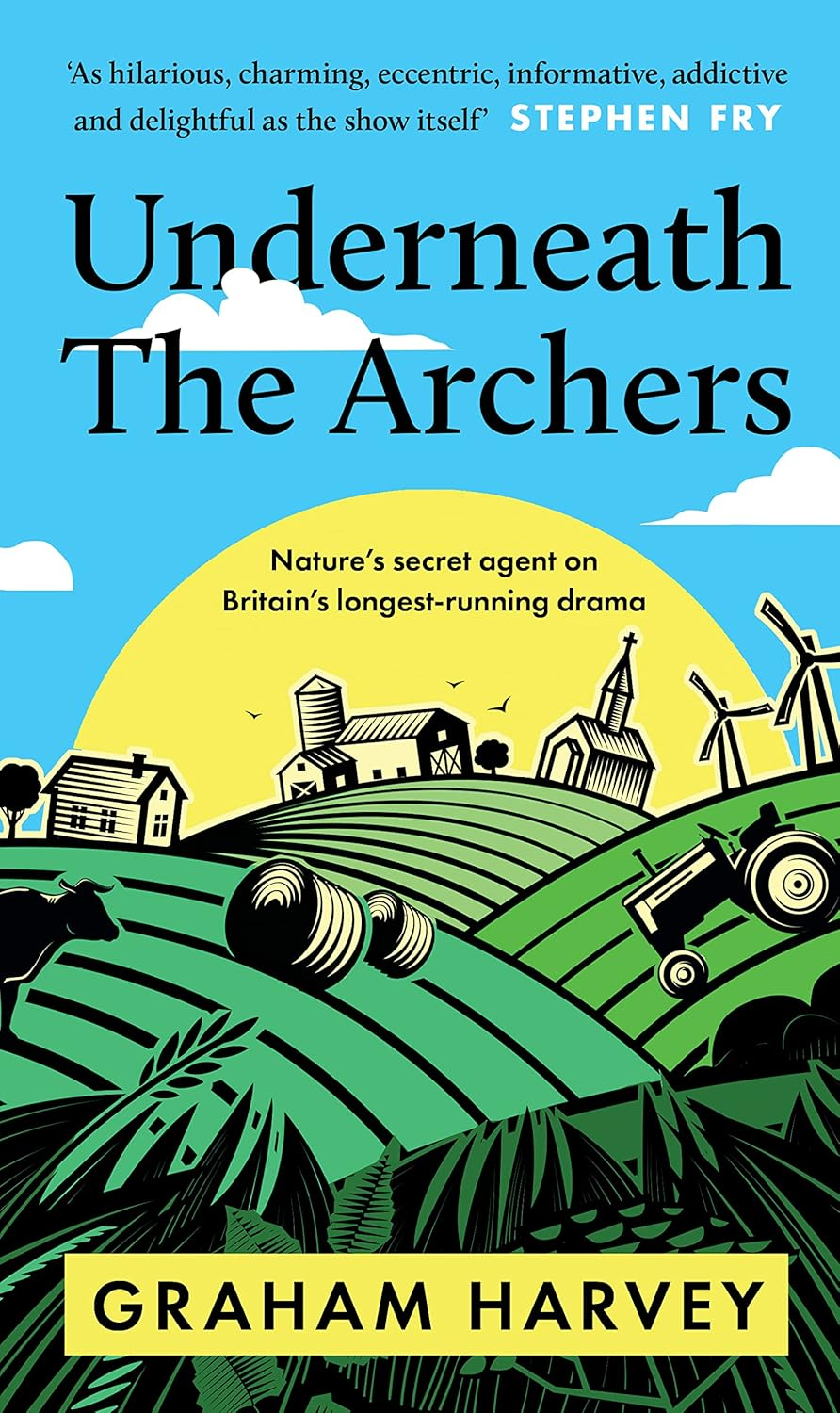
The Archers has broadcast on BBC Radio 4 since 1951, set in the fictional village of Ambridge. Some people believe this is based on the Worcestershire village of Cutnall Green.
Underneath the Archers is a book by an ecological farmer (who wrote over 600 episodes) asks if new stories of floods, GM crops and loss of family farms could help influence a return from industrial agriculture, back to nature-friendly farming?
The familiar theme tune is called Barwick Green. It’s from a composition by Yorkshire’s Arthur Wood, based on a maypole dance. Scottish comedian Billy Connolly suggested that we should use the tune as our National Anthem!
One of the actors on The Archers, is the man who says ‘Mind the Gap’ on the London Underground.
Why Argentinians Prefer Radio to TV

Along with Chile, Argentina is the world’s most southerly country, known worldwide for its football. But rather than gawping at TV all day, this musical nation (which is also where the Tango dance was invented) prefers to listen to the radio.
Argentina is one of the most biodiverse nations on earth. It’s home to 400 mammals (including wild giant anteaters, 1000 bird species and 9000 species of plants).
Back in 1920 in Buenos Aires, a group named ‘Los locos de la azotea’ staged one of the first live radio broadcasts from the Teatro Coliseo. From opera to Latin music, within years radio had become a hugely popular medium in Argentina.
Evenings would mean that chairs were pulled up close to a wooden set, while mothers cooked and fathers turned the dial. Radio also helped to make the national dance of tango popular. People here don’t sit on the sofa gawping at Strictly Come Dancing. They turn the TV off, put the radio on and dance the tango themselves!
The main cities are also gridlocked with traffic, so drivers and taxi drivers often have the news on, to know of any traffic jams. It’s estimated that around 70% of Argentinians listen to radio, while on the move.
Everyone gets involved. You don’t have non-stop music programs. A morning radio program is about like our mid-morning TV. You may get a band play a song, then an interview with a politician, then a recipe, then a quick weather forecast.
What was the Falklands War About?
Many of us are only really familiar with Argentina, due to the war with the Falkland Islands, when Margaret Thatcher was Prime Minister. The islands (8000 miles from England) are an overseas territory, with most residents having Scottish, Welsh, Scandinavian or South American heritage.
On the one hand, they are filled with wildlife (lots of penguins) and free from supermarkets and fast food chains. But of course war affects all species, and local sea lions, elephant seals and albatross birds no doubt suffered from all the ships, planes and missiles.
The war also cost over 900 human lives. Three casualties were Susan, Doreen and Mary (30, 36 and 81). They were all staying with friend John, who had built an air raid shelter from tea chests, and covered them with mattresses.
The ‘misguided missile attack’ from the Royal Navy led to all three being killed. Doreen died in the arms of John’s wife, the shrapnel had passed through her spinal column.
Most people remember Simon Weston, the soldier who suffered severe scarring from burns during the Falklands War. When the fuel ignited on the ship he was on. He now runs a holiday company, specialising in accessibility issues.

